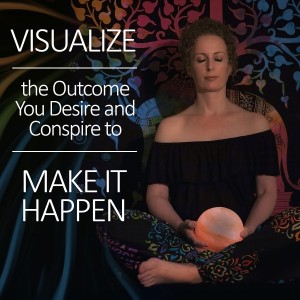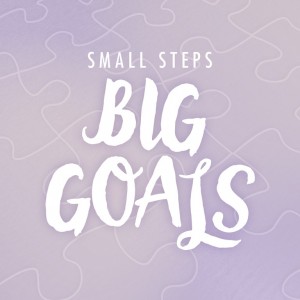The daffodils are blooming in my yard. I wil use them to describe a meditation you can use with any flowers you have.
Using floral meditation creates a positive state of mind.
Instructions:
Choose a single flower. Put it in a vase and place the vase where you can gaze at the flower during meditation. Focus on the flower. Notice the color, texture, petals, stems. Then, broaden your vision and take in the flower as a whole. When your mind wanders, bring your gaze back to the flower.
When you have memorized this flower, gently close your eyes and visualize the flower inside you near your heart center. The flower is a symbol of beauty which radiates inside you.
After several minutes, let the flower image fade and drop into your breath. You will have a clearer idea of good choices.
2. Reframe
In therapy, we learn to reframe an experience; to identify the best ideas or how we can make brave new choices. This meditation can help you go through a four-step mental checklist to change old patterns into wise behavior.
First, take a seat.
Step 1. Take a few deep breaths and then name your problem. Admit your part in the problem. For example, “ I ate the bag of candy,” or “I yelled at the kids.”
Step 2: Remind yourself that you are not a robot, and you make mistakes like every other person on this planet. If your inner critic is saying, “But they didn’t mess up like I did.’, please offer yourself a kind attitude.
Step 3. Feel grateful that you noticed the behavior and that you are aware it is unpleasant for you to remember. Be grateful that you want to make positive changes. Be grateful you are choosing to be more caring toward yourself and others.
Step 4: Turn your thoughts toward action you can take. For example, next time you are tempted to eat the bag of candy, eat an apple instead. The next time you feel like yelling at the kids, sing a song that puts you in a good mood. Positive affirmations will also help.
If you use just this reframe checklist on a regular basis, you may find that you develop more positive habits and you will be able to make better choices.
3. Breath meditation
Breathwork can be quite complicated or as simple as this technique. The next time you feel irritated take a two-minute time out.
Take your seat and take a few deep breaths to begin.
1. Inhale to a count of 6 and exhale to a count of 6. When your mind wanders, bring it back to the present moment.
2. Inhale to a count of 6, hold for a count of 3 and then exhale to a count of 6, hold for a count of 3. This has an uplifting and vitalizing effect on the mind.
3. Inhale to a count of 6, hold for a count of 3, then exhale to a count of 9, hold for a count of 3. This triggers the relaxation response in your body.
4. Inhale for a count of 6 and exhale to a count of 9. With every exhalation, gently firm your belly. This is a way to ground yourself.
If you’d like coaching on how to do this better or help with blockages in therapy, book your session with me:
https://patriciabrawleyphdlpc.fullslate.com/services/1










